


Justin Rhodes 45 minute video tour of wheaton labs basecamp
will be released to subscribers in:
soon!



 1
1




 2
2




find religion! church
kiva! hyvä! iloinen! pikkumaatila
get stung! beehives
be hospitable! host-a-hive
be antisocial! facespace
 1
1





 1
1




find religion! church
kiva! hyvä! iloinen! pikkumaatila
get stung! beehives
be hospitable! host-a-hive
be antisocial! facespace
 4
4




How permies.com works
What is a Mother Tree ?





Burra Maluca wrote:One thing I've never seen anywhere is a good intro, with photos, to the different types of hive and the pros and cons of each sort.
find religion! church
kiva! hyvä! iloinen! pikkumaatila
get stung! beehives
be hospitable! host-a-hive
be antisocial! facespace




 3
3





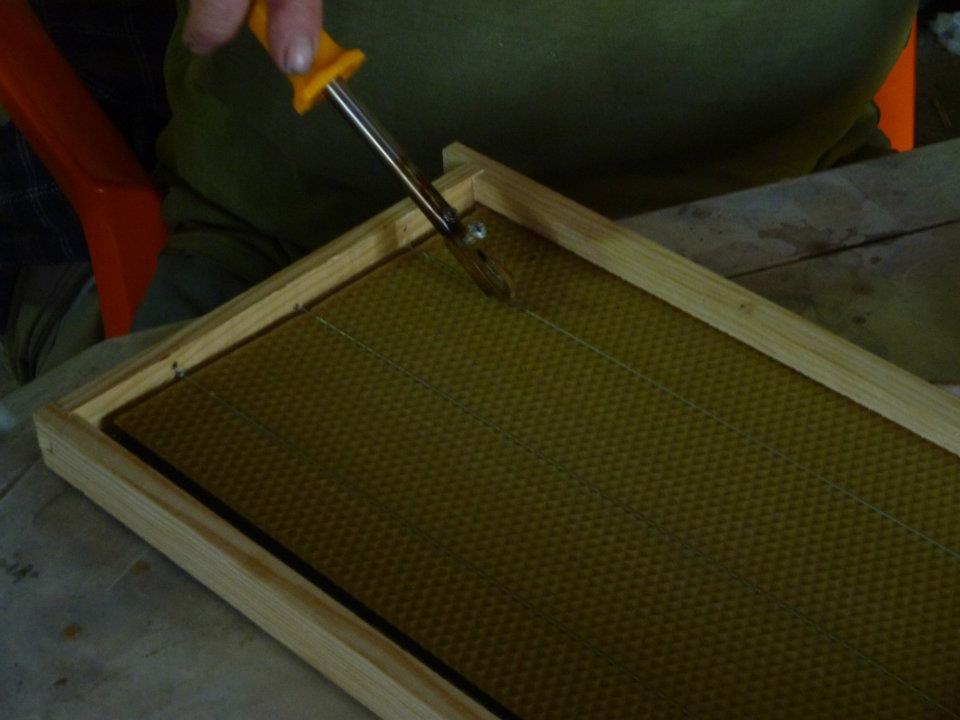
How permies.com works
What is a Mother Tree ?





 1
1




Burra Maluca wrote:
OK, what did I forget?
find religion! church
kiva! hyvä! iloinen! pikkumaatila
get stung! beehives
be hospitable! host-a-hive
be antisocial! facespace





 1
1




Burra Maluca wrote:
OK, what did I forget?
find religion! church
kiva! hyvä! iloinen! pikkumaatila
get stung! beehives
be hospitable! host-a-hive
be antisocial! facespace
 1
1




How permies.com works
What is a Mother Tree ?

 3
3




Burra Maluca wrote:Tel - you make Warré hives, don't you?
Any chance of some photos and a run-down of how they differ from the Langstroth type?
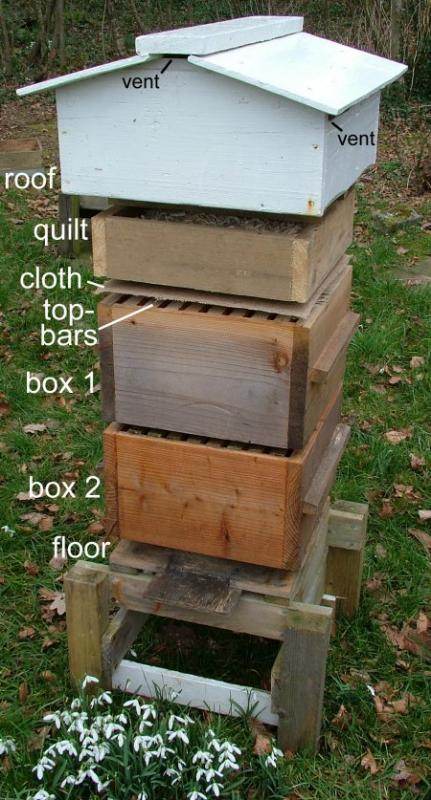
find religion! church
kiva! hyvä! iloinen! pikkumaatila
get stung! beehives
be hospitable! host-a-hive
be antisocial! facespace

 2
2








find religion! church
kiva! hyvä! iloinen! pikkumaatila
get stung! beehives
be hospitable! host-a-hive
be antisocial! facespace





find religion! church
kiva! hyvä! iloinen! pikkumaatila
get stung! beehives
be hospitable! host-a-hive
be antisocial! facespace
 1
1




tel jetson wrote:nestduftwärmebindung
How permies.com works
What is a Mother Tree ?





Burra Maluca wrote:A major draw-back, from my point of view, to both types is that the 'nadiring', ie putting fresh boxes at the bottom of the stack, seems to involve and awful lot of lifting!
find religion! church
kiva! hyvä! iloinen! pikkumaatila
get stung! beehives
be hospitable! host-a-hive
be antisocial! facespace





 1
1




Andy Sprinkle wrote:Tel or anybody...how much space do you need to have to start a small hive? We have a .40 acre urban lot with a creek at the rear of the property. I have a bunch of lilies, bee balm, blanket flower, clover and annual veggie gardens that draw tons of bees. Plus just planted dwarf peach and apple trees, blueberries, rasberries near the rear of the propery. I think I would want the hive in the rear near a huge beebalm/wild flower patch bordered by peach tree guilds. It would be ~100 from the house and ~120 from neighbors house. Is that doable or would I be inviting trouble?
Also chicken coop would be ~20 ft away and dogs would be near it. Neither my wife or I are allergic to bees.
find religion! church
kiva! hyvä! iloinen! pikkumaatila
get stung! beehives
be hospitable! host-a-hive
be antisocial! facespace






 3
3




find religion! church
kiva! hyvä! iloinen! pikkumaatila
get stung! beehives
be hospitable! host-a-hive
be antisocial! facespace














Andy Sprinkle wrote:awesome...thanks...but the pdf link didn't work. This might be ignorant but...how do I tell if the bees in my yard are honey bees? I think they look more like bigger bumble bees than the smaller honey bees I saw online.
find religion! church
kiva! hyvä! iloinen! pikkumaatila
get stung! beehives
be hospitable! host-a-hive
be antisocial! facespace





find religion! church
kiva! hyvä! iloinen! pikkumaatila
get stung! beehives
be hospitable! host-a-hive
be antisocial! facespace
 2
2






How permies.com works
What is a Mother Tree ?





Burra Maluca wrote:Can I do a quick post about cork hives?
These are the traditional hives in Portugal, where I live.
find religion! church
kiva! hyvä! iloinen! pikkumaatila
get stung! beehives
be hospitable! host-a-hive
be antisocial! facespace




tel jetson wrote:nestduftwärmebindung
How permies.com works
What is a Mother Tree ?
 1
1











How permies.com works
What is a Mother Tree ?





find religion! church
kiva! hyvä! iloinen! pikkumaatila
get stung! beehives
be hospitable! host-a-hive
be antisocial! facespace









find religion! church
kiva! hyvä! iloinen! pikkumaatila
get stung! beehives
be hospitable! host-a-hive
be antisocial! facespace





How permies.com works
What is a Mother Tree ?





find religion! church
kiva! hyvä! iloinen! pikkumaatila
get stung! beehives
be hospitable! host-a-hive
be antisocial! facespace
 1
1






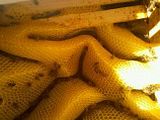
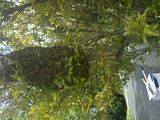
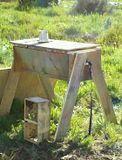
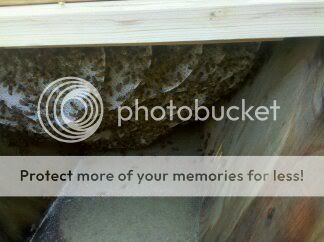

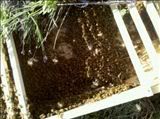


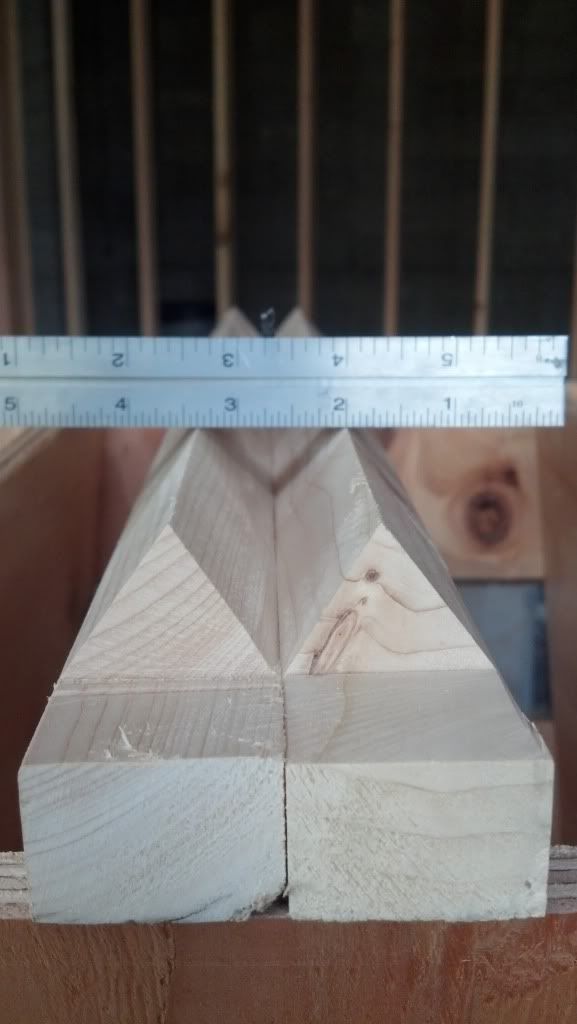





find religion! church
kiva! hyvä! iloinen! pikkumaatila
get stung! beehives
be hospitable! host-a-hive
be antisocial! facespace




 1
1





|
Men call me Jim. Women look past me to this tiny ad:
Rocket Mass Heater Resources Wiki
https://permies.com/w/rmh-resources
|



